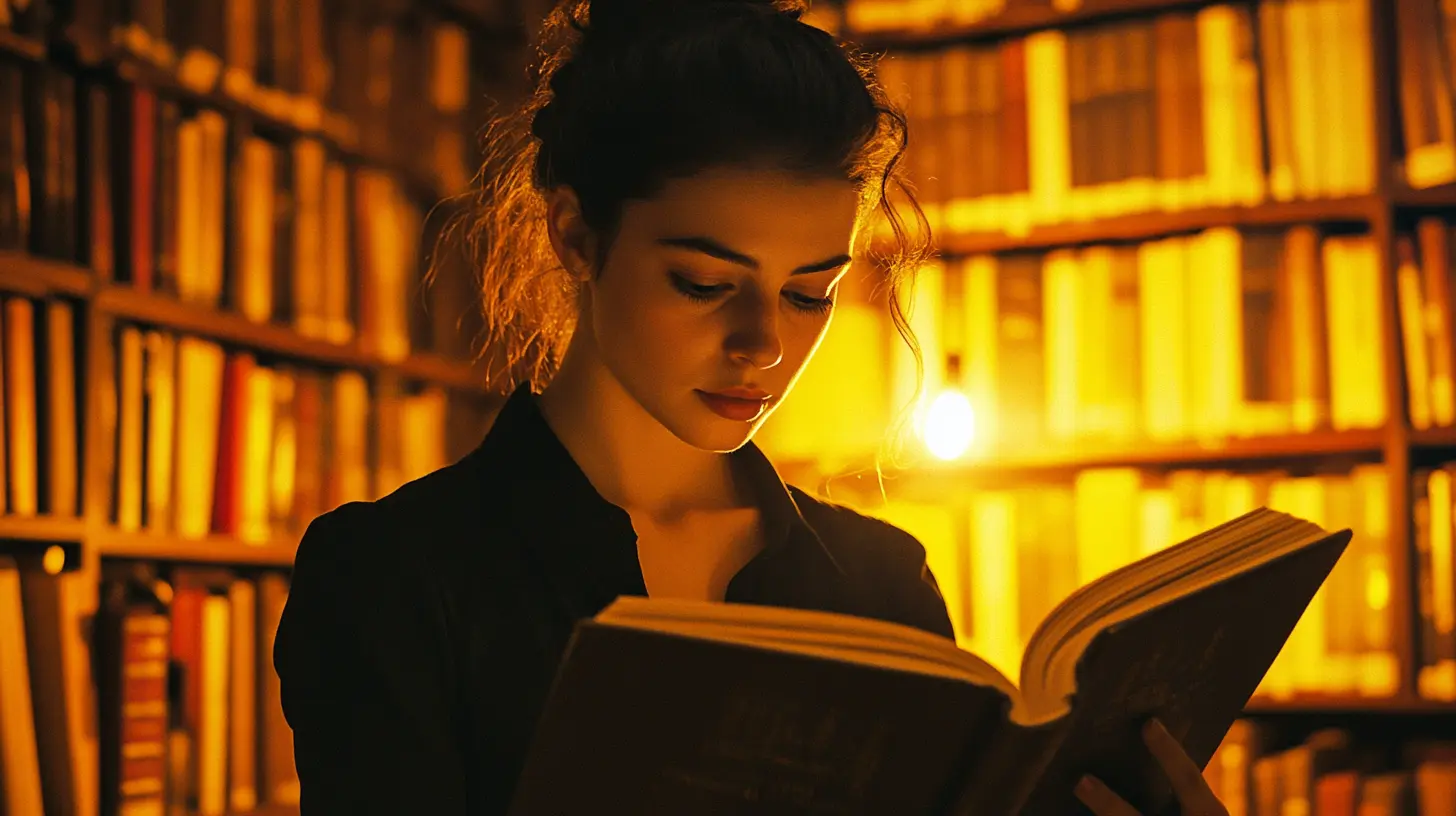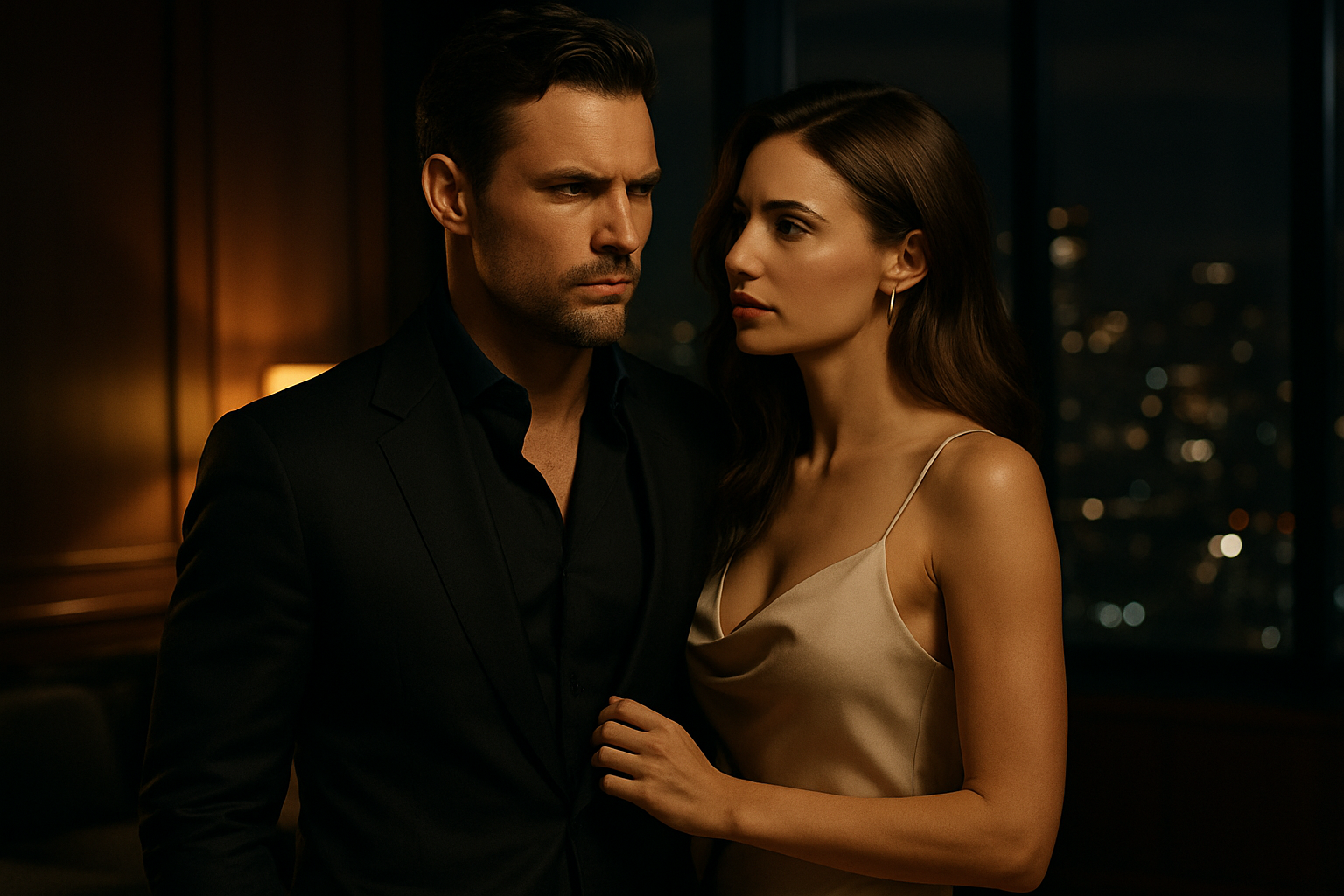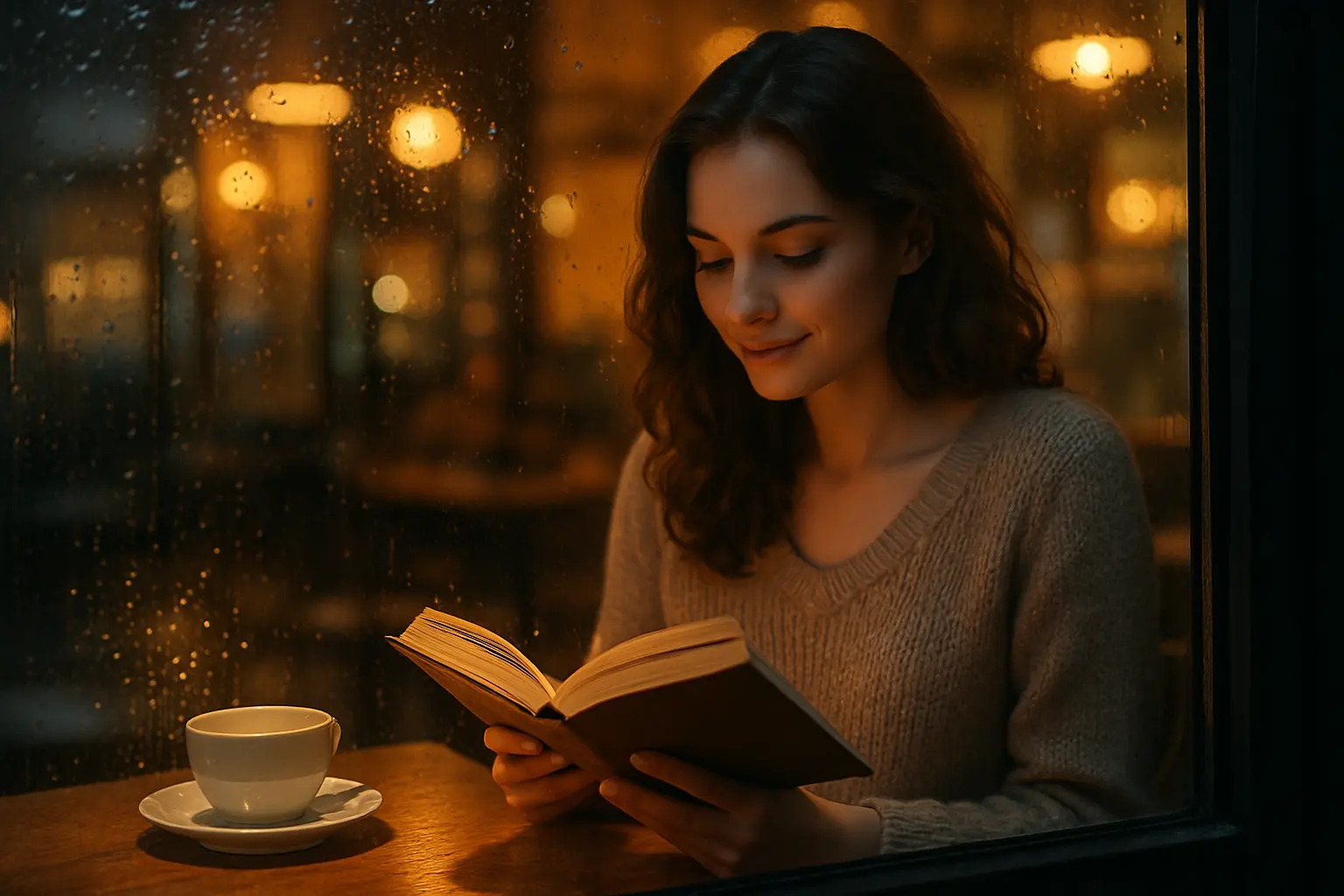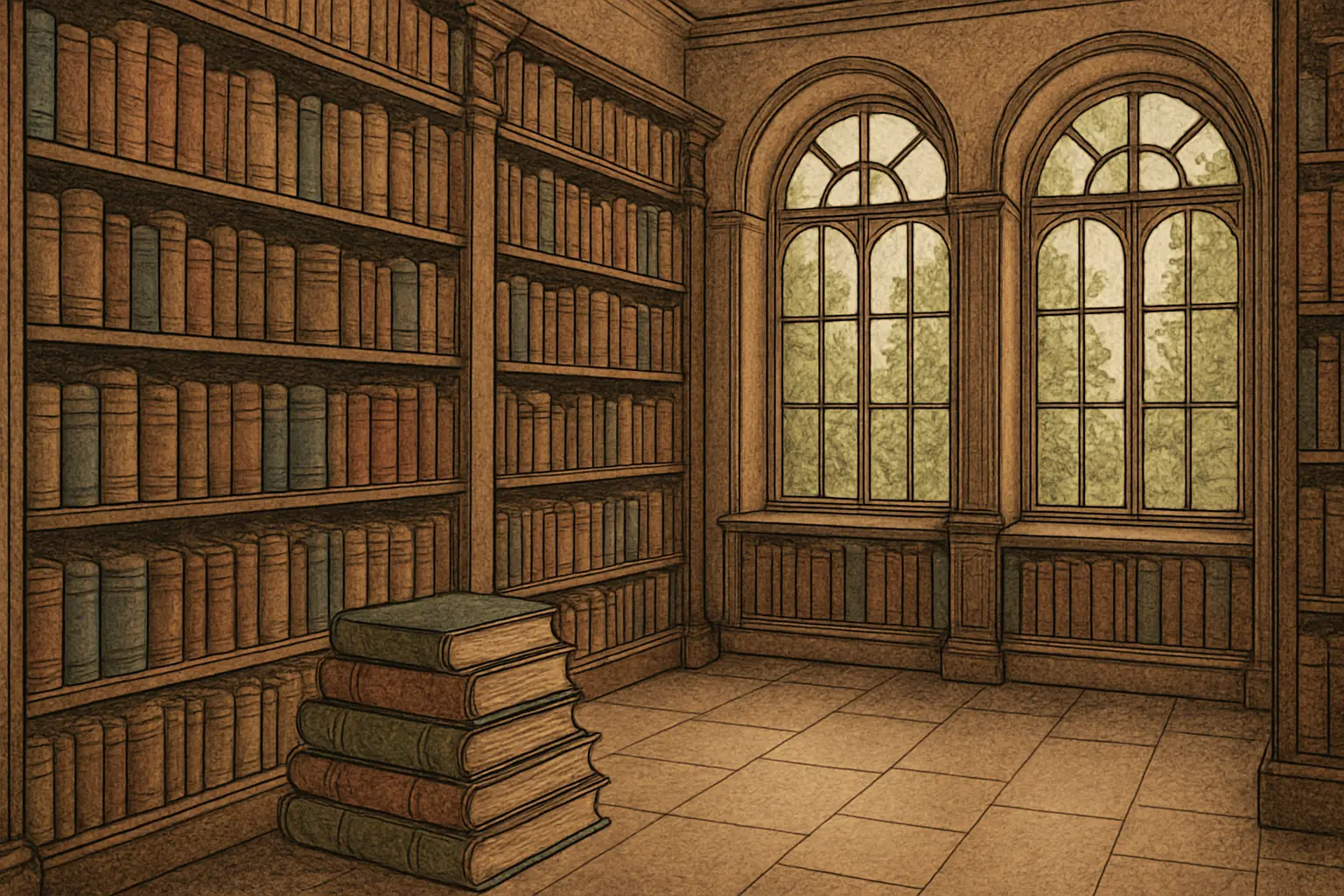Table of Contents
ToggleA genre is a way to group stories based on their style, theme, or subject. It helps people know what to expect. For instance, understand if the story will be a romance, a mystery, or something more adventurous like fantasy. Genres set the overall tone of a story, and you’ll find them in books, movies, and TV shows.
A trope, on the other hand, is a common theme, plot device, or character type that appears repeatedly in stories. It’s a storytelling shortcut that helps us – the readers – quickly understand certain elements. For example, “enemies to lovers” or “the chosen one.” Tropes can be found in all kinds of genres.
Genre vs Trope: Basic Differences
The main difference between a genre and a trope is that a genre is a broad category that tells you what kind of story you’re getting, while a trope is a specific element or theme within that story.
- Genre: Think of it as the type of story. For example, romance, horror, fantasy, and mystery are all different genres. The genre tells you the overall style and what to expect from the story. Is it going to be about falling in love (romance) or solving a crime (mystery)?
- Trope: A trope is like a storytelling tool or pattern you’ll often see within those genres. For example, in a romance, you might see the “enemies to lovers” trope, where two characters start out hating each other but end up falling in love. In a fantasy story, you might find “the chosen one” trope, where a character is destined to save the world.
Main Elements of a Genre
- Setting: Where and when the story takes place. For example, a fantasy story might happen in a magical world, while a romance could be set in a small town or big city.
- Tone/Mood: The overall feeling of the story. A horror story is usually creepy and tense, while a comedy is more lighthearted and fun.
- Themes: These are the big ideas the story talks about. Science fiction often explores technology or the future, while romance focuses on love and relationships.
- Character Types: Some genres have typical characters. In a mystery, you usually have a detective, while in fantasy, you might meet heroes, wizards, or magical creatures.
- Plot Structure: Different genres tend to follow certain story patterns. A thriller usually builds suspense and leads to a big showdown, while a romance often shows characters falling in love and facing challenges.
- Purpose: Every genre has a different goal. For example, horror aims to scare you, while romance is all about exploring love.
Why is It Important to Stick to a Genre?
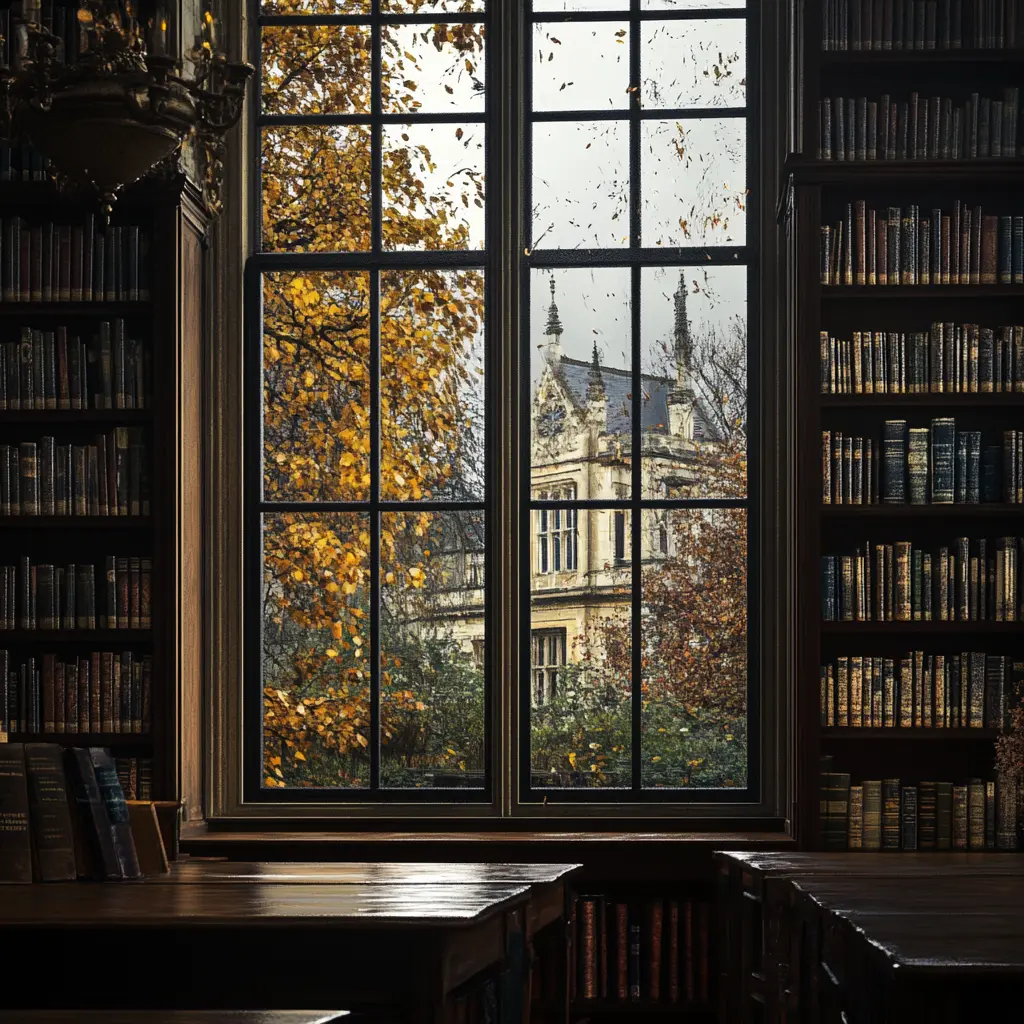
The purpose of writing a book in a specific genre is to give readers a clear idea of what to expect from the story. Each genre has its own style, themes, structure that help set the mood. For example, in a romance, readers know the focus will be on love and relationships, while in a mystery, they expect puzzles or crimes to solve. Genres guide both the writer and the audience by setting certain expectations, making it easier for readers to find the kind of stories they enjoy.
If you (just like me) also love romance books – here’s our Galatea collection. To get unlimited access to the chapters, you can use our exclusive promo code 🙂
Does It Help Readers?
Yes, it definitely helps readers. Genres act like a roadmap, so readers can quickly figure out if a book matches their interests. If someone loves fantasy, they’ll look for books in that genre and know they’ll find magical worlds and epic adventures. It helps people find stories that match their mood or preferences without guessing what the book is about.
Is It Common to Mix Multiple Genres?
Yes, it’s pretty common to mix genres! In fact, some of the best books blend different genres to create unique and interesting stories. For example, you might have a romance set in a fantasy world, or a mystery with elements of science fiction. As long as the story is well-organized and the genres complement each other, mixing them can add depth and variety.
Will It Become Too Chaotic?
It can become chaotic if the genres don’t blend well or if the story tries to do too much at once. When there are too many conflicting elements, it might confuse readers or make the story feel unfocused. However, if the writer balances the elements carefully, combining genres can create a more dynamic and layered story that appeals to a wider audience.
5 Trope Elements
- Character Types
Tropes often involve certain kinds of characters. For example, you might see “the bad boy” in a romance or “the chosen one” in a fantasy. These are roles that we recognize and expect in certain stories.
- Situations/Scenarios
Tropes can also be common situations, like “enemies to lovers,” where two people who don’t get along at first eventually fall in love. It’s something you’ve seen before, but every story gives it a new twist.
- Themes
Often, tropes highlight big themes, like betrayal, forgiveness, or unrequited love. These are familiar emotional ideas that help make the story more relatable.
- Plot Devices
Some tropes are specific tools used in the plot, like “the mentor” who teaches the hero or “the love triangle” where two people are in love with the same person. These plot devices help move the story forward.
- Expectations
Tropes create certain expectations. For example, if there’s a “love triangle,” you know there’s going to be some tension and choices to make.
Subverting Tropes
Some writers like to take common tropes and turn them upside down to keep things fresh and surprising. By changing what people expect from a familiar storyline, they make the story feel new. For example, instead of the usual “damsel in distress” who needs saving, the writer might make her the hero who saves others. Or in a romance, they might twist the “love triangle” by having the characters choose friendship instead of romance.
These kinds of twists make familiar genres more interesting and keep readers guessing, while still sticking to the overall type of story people enjoy. It’s a fun way to play with what people expect and bring something new to the table.
Examples of Common Genres
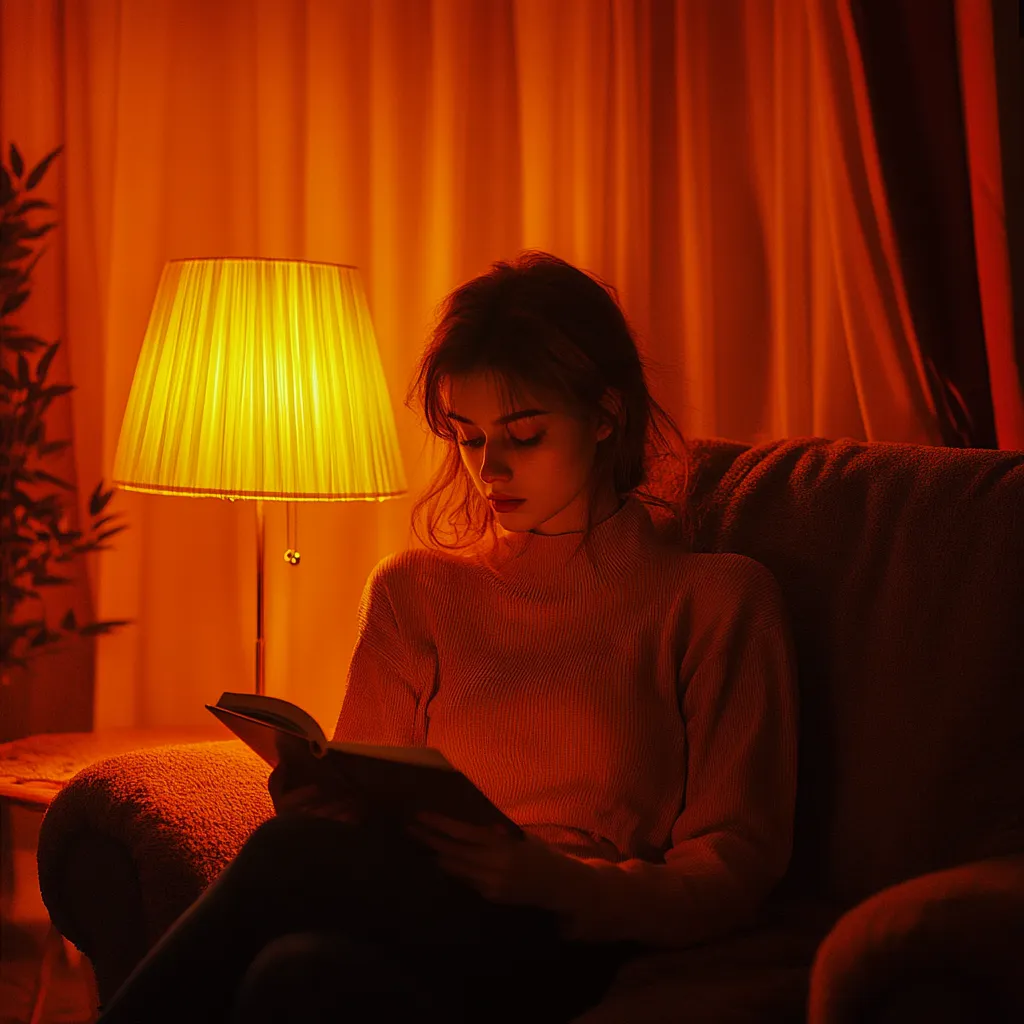
-
Romance: Stories that focus on love and relationships, usually with emotional or happy endings.
- Example: Pride and Prejudice by Jane Austen
-
Fantasy: Stories set in magical worlds with mythical creatures and supernatural elements.
- Example: The Lord of the Rings by J.R.R. Tolkien
-
Mystery: These stories are all about solving a crime or uncovering a secret.
- Example: Sherlock Holmes by Arthur Conan Doyle
-
Science Fiction: Set in futuristic worlds or advanced technology, often involving space or alternate realities.
- Example: Dune by Frank Herbert
-
Horror: Designed to scare or create suspense, often with supernatural or creepy elements.
- Example: The Shining by Stephen King
Examples of Common Tropes
-
Enemies to Lovers: Characters who start off hating each other but end up falling in love.
- You often see this in romance stories.
-
The Chosen One: A character who’s destined to save the world or do something special.
- Found in fantasy and science fiction.
-
Love Triangle: When a character has to choose between two romantic interests, creating drama.
- Popular in romance and young adult fiction.
-
The Mentor: An older, wiser person who guides the hero on their journey.
- Common in adventure and fantasy stories.
-
The Detective with a Troubled Past: A detective who’s solving a case but also dealing with personal issues.
- Typical in mystery or crime thrillers.
Genres and Tropes – How Are They Related?
Certain tropes are naturally tied to specific genres because they fit so well with the stories in those categories. For example, in fantasy, the “Mentor” trope is super common. The mentor is usually a wise, older character who helps guide the young hero, teaching them how to face challenges and fulfill their destiny. Think of Gandalf from The Lord of the Rings or Dumbledore from Harry Potter. This mentor figure is a big part of the hero’s journey, which is a key element in many fantasy stories.
The “Love Triangle” trope is a go-to in romance and young adult books. It adds drama by having a character torn between two romantic interests, which creates tension and keeps readers hooked. This trope works well in romance because it taps into the emotional drama that readers expect.
Each genre has its own familiar tropes because they help shape the stories in ways that readers expect and enjoy.
To Sum It Up
- Genres are the big categories of stories (like Romance, Fantasy, Mystery).
- Tropes are familiar ideas or situations that show up in those stories (like Enemies to Lovers or The Chosen One).

